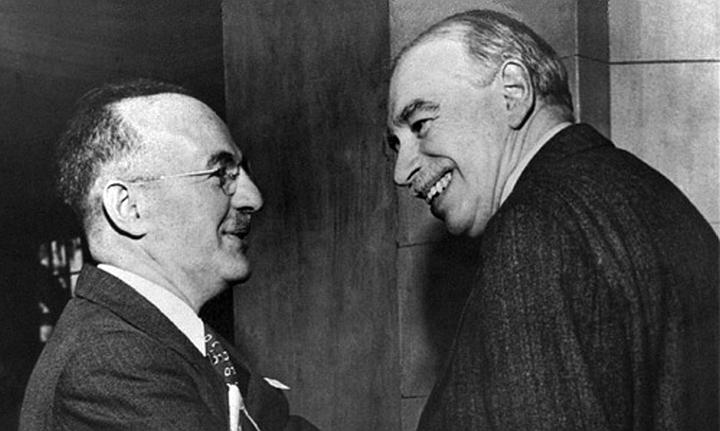Commentary
Many incorrectly assume that the overall economy’s output increases by a multiple of the increase in expenditure by government, consumers, and businesses. For instance, if out of an additional dollar received individuals spend $0.90 and save $0.10, then if consumers spending were to increase by $100 million, it is held that the overall output in the economy is going to increase by the tenfold of the increase in consumers’ expenditure (i.e., by $1 billion). The following example provides the reasoning behind this way of thinking.





